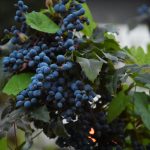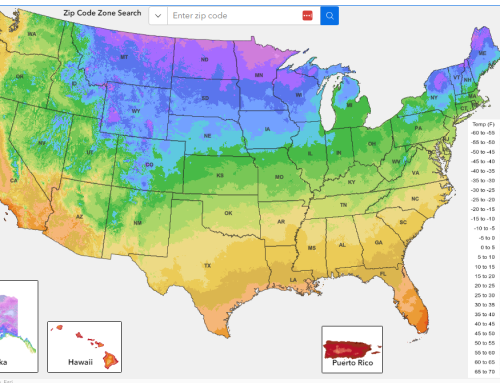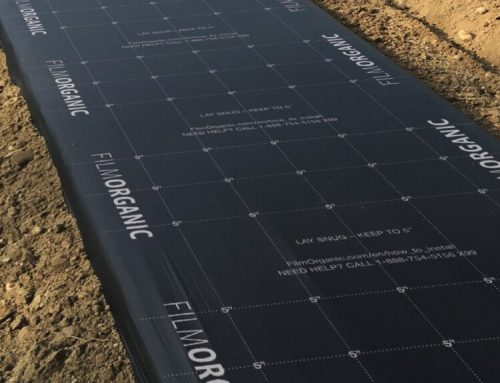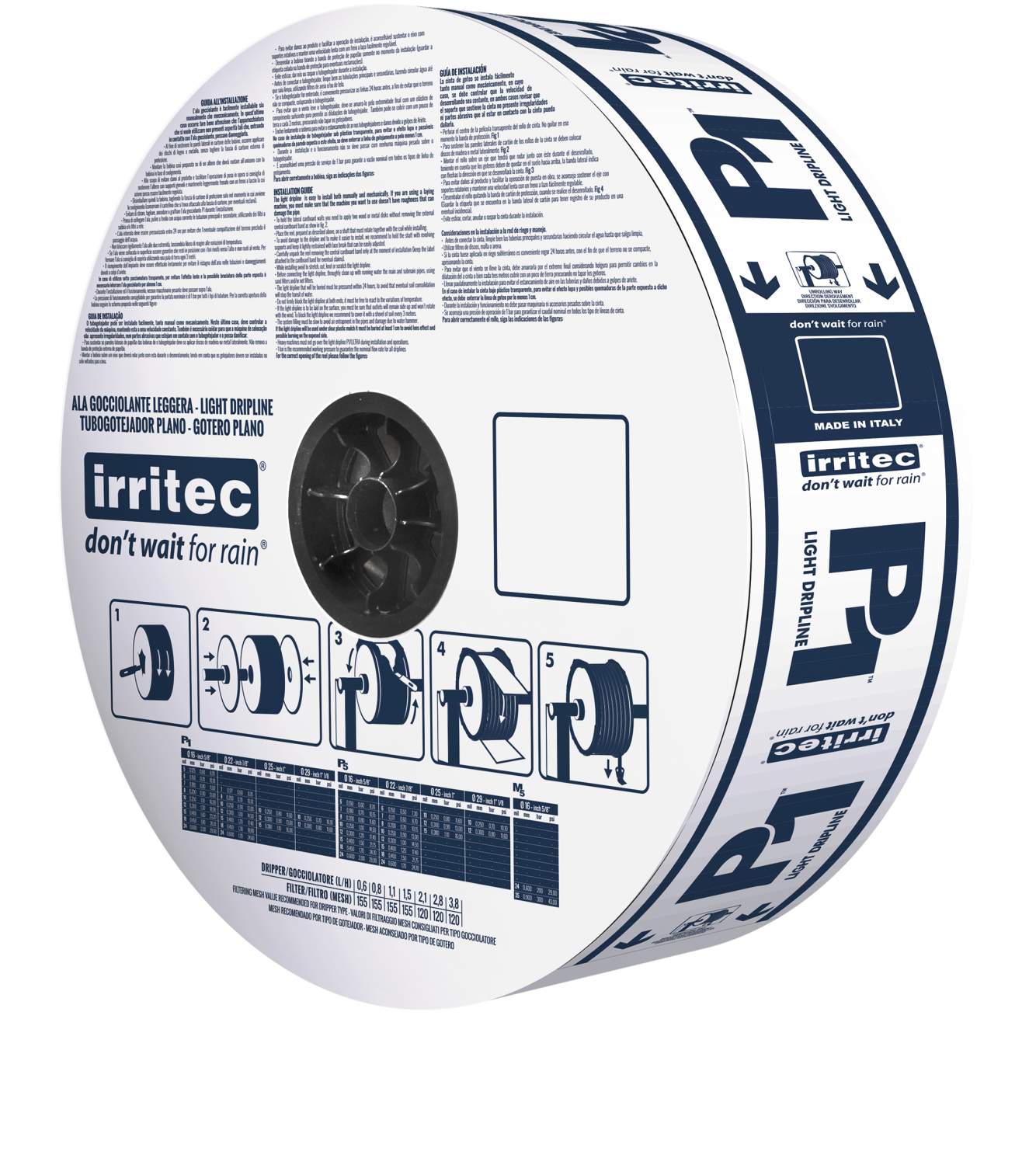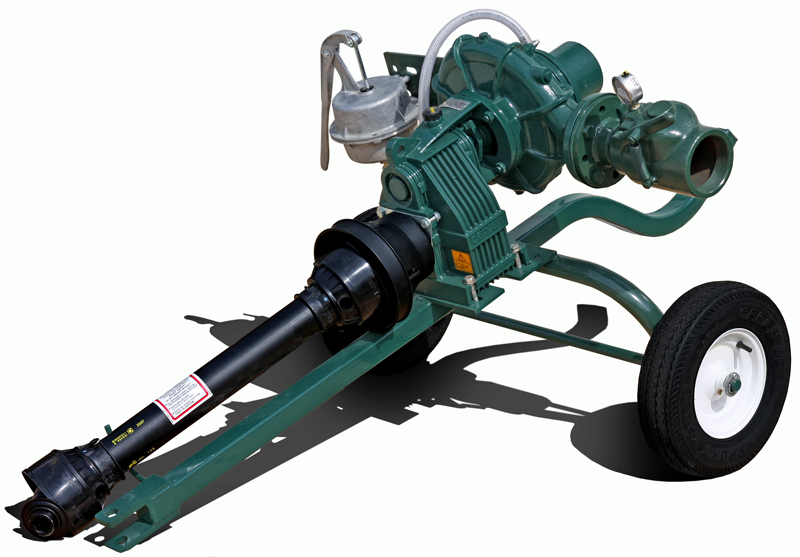
Assorted Berries Ready to Eat
Here is a quick guide to some interesting articles we came across recently about how to deal with water delivery in the current drought conditions. The farming community continues to move towards drip irrigation where possible.
Irrigation recommendations for fruit crops during drought
“The climate of the upper Midwest is variable and at times, extreme. Fruit growers find themselves managing the effects of excess rainfall one season and extended dry periods the next.” Visit this handy guide to learn when your fruit crops in the Mid-West need water when they are new crops or established crops. This article includes guides for berries, apples, and grapes, as well as Resources for Managing Fruit Crops During Drought.
Four irrigation system options for blueberry fields
Blueberries are not only my favorite berry, they are also my favorite fruit. Great in oatmeal, cereal or by themselves.

Blueberries
This article covers trickle irrigation, “You don’t have to test the water, but it’s hard to catch up if you fall behind and you don’t have access capacity in your system,” Longstroth said. This article goes on to talk about how soil texture effects water movement and the importance of water quality.
Specialty Crop Irrigation
This is not only an interesting article, it also includes the article on video with a transcript if you prefer to read it. Lyndon Kelley starts with the water source and then walks you through how he determines the amount of water needed depending on whether you are using trickle irrigation or overhead irrigation, emphasizing that you want to water the roots of your crop, not the spacing between the rows.
Don’t neglect late-season irrigation of blueberries
Switch to new irrigation system depends on future droughts
Installing drip irrigation systems are expensive. And “nine times out of ten the answer is money.” How do you know that a new drip irrigation system will pay for itself?
“Efficient irrigation systems can improve yields through a more efficient delivery of water to the root zone, where crops can access it. Say you have 2 acre-feet of irrigation water available. With a traditional system you might lose 40% of that water through evaporation, drift, or percolation beyond the rooting depth, so your crop will only have 1.2 ac-ft to use. With a high-efficiency system, that availability might go up to 1.9 ac-ft or more, which allows the crop to produce higher yields.”
Do you need help or advice about your irrigation needs? Give us a call a 517-458-9741 or send us an email info@irrigationsupplyparts.com.


